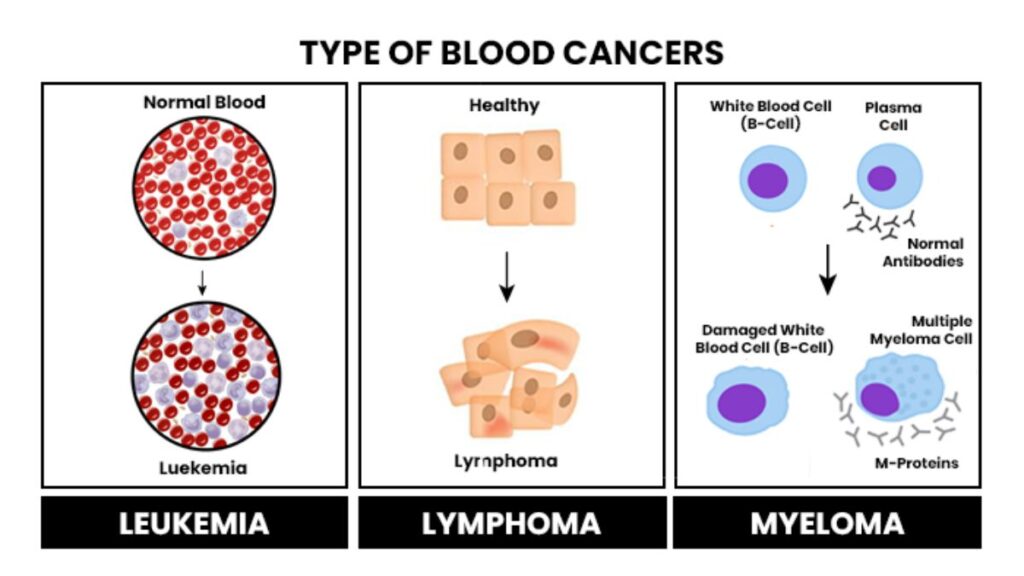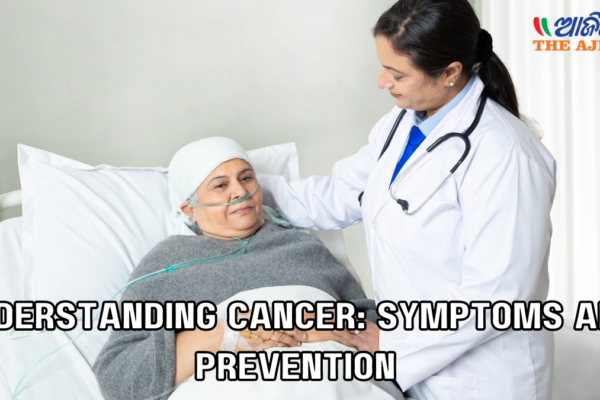Introduction
Blood cancer, also known as hematologic cancer, is a complex group of diseases that affect the production and function of blood cells. It can be challenging to comprehend, but understanding the different types, symptoms, and available treatment options is crucial in raising awareness and supporting those affected by this condition. In this blog, we will demystify blood cancer, shedding light on its types, symptoms, and the potential treatment options that medical professionals use to combat this disease.
Types of Blood Cancer
Blood cancer can be broadly classified into three main types: leukemia, lymphoma, and myeloma.
- Leukemia: Leukemia originates in the bone marrow and affects the production of white blood cells. It can be acute (rapidly progressing) or chronic (slowly progressing). The two primary types are: a. Acute Lymphoblastic Leukemia (ALL)
b. Acute Myeloid Leukemia (AML) - Lymphoma: Lymphoma originates in the lymphatic system, which plays a significant role in the body’s immune system. There are two main categories: a. Hodgkin Lymphoma
b. Non-Hodgkin Lymphoma (NHL) - Myeloma: Myeloma affects plasma cells, a type of white blood cell that produces antibodies. This type of blood cancer is called Multiple Myeloma.

Common Symptoms of Blood Cancer
The symptoms of blood cancer can vary depending on the specific type and stage of the disease. Some common symptoms to watch out for include:
- Unexplained Fatigue: Persistent and unexplained fatigue that doesn’t improve with rest might be an early sign of blood cancer.
- Frequent Infections: Blood cancer can weaken the immune system, making the body more susceptible to infections.
- Unexplained Weight Loss: Rapid and unintentional weight loss without changes in diet or exercise should not be ignored.
- Swollen Lymph Nodes: Lumps or swellings in the neck, armpits, or groin could be an indication of lymphoma.
- Bone Pain: Persistent bone pain, especially in the back or ribs, might be a sign of myeloma.
- Easy Bruising and Bleeding: Blood cancer can disrupt normal blood clotting, leading to easy bruising and prolonged bleeding.
- Night Sweats: Profuse night sweats that disrupt sleep could be a symptom of certain types of blood cancer.

Treatment Options
Treatment for blood cancer depends on several factors, including the type of blood cancer, the stage of the disease, the patient’s overall health, and age. The main treatment options include:
- Chemotherapy: This treatment uses powerful drugs to kill or slow the growth of cancer cells. It is commonly used for various types of blood cancer.
- Radiation Therapy: High-energy rays are used to target and destroy cancer cells or shrink tumors. It is often used in conjunction with other treatments.
- Immunotherapy: This treatment uses the body’s immune system to target and destroy cancer cells more effectively.
- Targeted Therapy: These drugs specifically target certain molecules involved in cancer growth, minimizing damage to healthy cells.
- Stem Cell Transplant: Also known as a bone marrow transplant, this procedure involves replacing damaged bone marrow with healthy stem cells to restore normal blood cell production.
- Clinical Trials: Participating in clinical trials can provide access to cutting-edge treatments and therapies that are still under investigation.

Conclusion
Blood cancer can be a complex and daunting condition to understand, but with knowledge comes empowerment. By recognizing the different types, being aware of the symptoms, and understanding the available treatment options, we can better support those facing blood cancer and contribute to ongoing research efforts. Early detection, timely treatment, and continuous medical advancements offer hope for better outcomes and improved quality of life for those affected by this disease. Raising awareness and supporting the fight against blood cancer can make a significant difference in the lives of patients and their families.











